Journal of Daylighting
Journal of Daylighting is a peer-reviewed international journal devoted to investigations of daylighting in buildings. It is the leading journal that publishes original research on all aspects of Energy, buildings, and lighting. Read more
Open Access — free for readers, articles are published free-of-cost.
Rapid Publication: Bi-annual (articles are published continuously throughout the year)
Publication Fee: No charges
Year Started: 2014
Time to Publication: 70 days
Abstracting & Indexing
Scopus (Elsevier)
EBSCO
Directory of Open Access Journals (DOAJ)
Architectural Periodicals Avery Index
CrossRef

RESEARCH ARTICLE
Tessellation-Based Origami-Inspired Movable Façade for Daylighting and
This study emphasizes the importance of daylight performance in interior spaces as a critical factor in achieving global Sustainable Development Goals, including energy efficiency, environmental sustainability, and healthy living conditions.
Journal of Daylighting 12 (2025) 252-264

RESEARCH ARTICLE
Sensitivity Analysis and Optimization of Facade Design to Improve Daylight
This study examines the daylighting performance of a classroom with bilateral opening typology and an adjacent building on one side. The openings are located on the east and west sides of the classroom, with the adjacent building situated on the west side.
Journal of Daylighting 12 (2025) 235-251

RESEARCH ARTICLE
Integrating Acoustic Comfort and Daylighting in Transparent Multi-Purpose Halls:
Multi-purpose halls are halls where many different activities, such as music, theater, speech, and shows, can be performed in the same space. Recently, multi-purpose halls illuminated with daylight have been frequently seen.
Journal of Daylighting 12 (2025) 215-234

RESEARCH ARTICLE
Assessing the Indoor Thermal Comfort and Adaptive Behaviours of Older
Population aging, extreme weather conditions, and rising energy costs present significant challenges, especially in developing Asian countries like India.
Journal of Daylighting 12 (2025) 190-214

RESEARCH ARTICLE
Balancing the Parameters of Perforated Solar Screens to Optimize Daylight
Perforated solar screens (PSSs) have been widely used as an outer skin for the fully glazed façades of office buildings for their environmental and aesthetic benefits..
Journal of Daylighting 12 (2025) 167-189

RESEARCH ARTICLE
A Framework for Integrating Zoning Regulations and Site Layout Design
Daylight is one of the primary sources to ensure a comfortable, healthy, and energy-efficient neighborhoods. Zoning regulations significantly influence daylight-driven site layouts by constraining design decisions, particularly at the neighborhood scale.
Journal of Daylighting 12 (2025) 148-166

RESEARCH ARTICLE
Uncertainty and Sensitivity Analyses of Switchable Slat Insulated Shades for
To balanced multi-criteria's daylighting performance in indoor spaces, several dynamic metrics have been proposed, but so far there is no convention on which daylight metrics thresholds are preferred and which objective weights are given priority in optimization of daylighting under certain climate.
Journal of Daylighting 12 (2025) 125-147
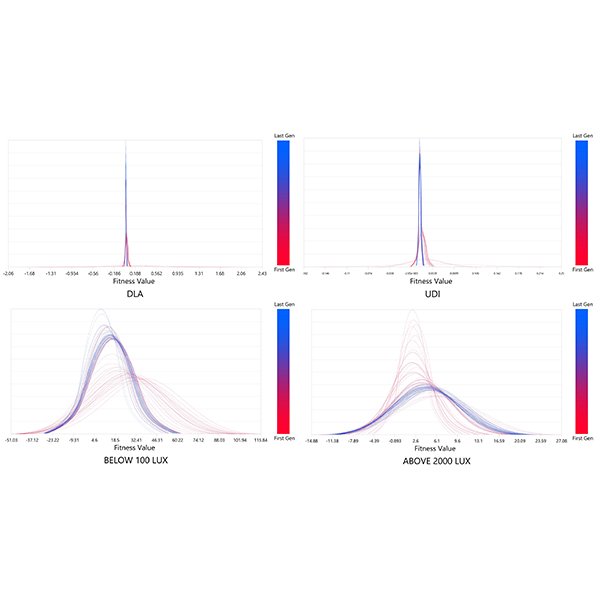
RESEARCH ARTICLE
Multi-Objective Performance Evaluation Framework for Integrated Fiber-Reinforced Shading
Shading systems are associated by their ability to control various factors such as energy consumption, visual comfort, and natural ventilation. To fulfill such economic, environmental, and social requirements, the use of integrated modular fiber-Reinforced Concrete (FRC) shading systems has become popular in recent years.
Journal of Daylighting 12 (2025) 111-124
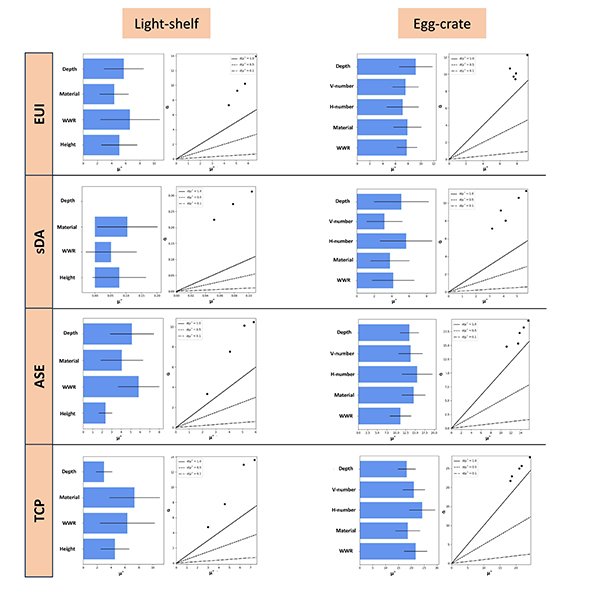
RESEARCH ARTICLE
Multi-objective Optimization of Window and Shading Systems for Enhanced
Addressing the challenges of global warming and rising energy demands, this study explores fixed shading systems as passive and sustainable solutions to improve energy efficiency, thermal comfort, and daylight performance in office buildings.
Journal of Daylighting 12 (2025) 91-110

RESEARCH ARTICLE
Designing Adaptability Strategy to a Novel Kinetic Adaptive Façade (
The design and evaluation of adaptive facades (AFs) have become increasingly complex due to advancements in morphology, control strategies, and adaptability techniques.
Journal of Daylighting 12 (2025) 69-90

RESEARCH ARTICLE
Feasibility Study of Five Solar Thermal Power Plants in Arequipa,
Knowing the Levelized Cost of Energy (LCOE) allows for evaluating the profitability of different energy generation technologies, identifying the options with the lowest costs, and, in turn, promoting the transition to more sustainable energy sources for governments and private companies.
Journal of Daylighting 12 (2025) 51-68

RESEARCH ARTICLE
Optimisation of Indoor Spatial and Temporal Aspects of Deep Architectural
Visual comfort in deep rooms with side lit openings varies by positions and time; thus, interventions are required to provide comfort for all users in a room.
Journal of Daylighting (2025) 40-50

RESEARCH ARTICLE
The Effect of Curved Light Shelves, Ceiling and Window Characteristics
Daylighting is related to the user's psychological and physiological effects in educational space. The amount of daylighting significantly influences visual comfort, work tasks, academic performance and productivity.
Journal of Daylighting 12 (2025) 21-39

RESEARCH ARTICLE
Daylight Optimization of the South-Faced Architecture Classrooms Using Biomimicry-
Building design is a product of multiple factors, such as concept and aesthetics, building materials and technologies, environmental conditions, and daylight requirements of the inner spaces.
Journal of Daylighting 12 (2025) 1-20
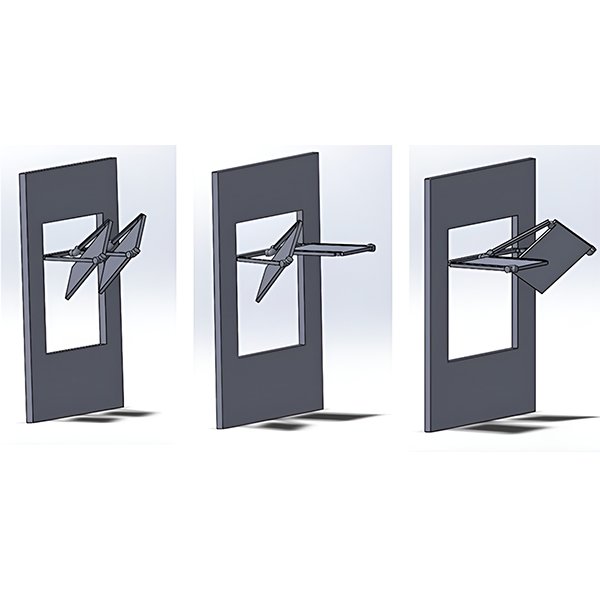
RESEARCH ARTICLE
Design Alternatives of Light Shelves using Altmann Linkage
This paper proposes a novel new light shelf design with Altmann linkage using its kinetic principles: geometry and rotational angles. As previous studies explain a light shelf’s design in two ways: static and movable, the proposed one in this study has the potential to track the path of the sun due to its diagonal movement. .
Journal of Daylighting 11 (2024) 391-407
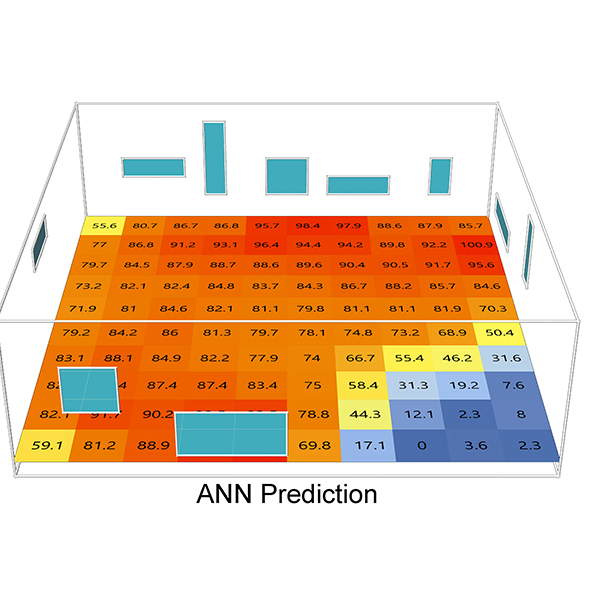
RESEARCH ARTICLE
Unfolding 3D Space into Binary Images for Daylight Simulation via
Daylighting plays a crucial role in building science, impacting both occupants’ well-being and energy consumption in buildings. Balancing the size of openings with energy efficiency has long been a challenge. .
Journal of Daylighting 10 (2023) 204-2013
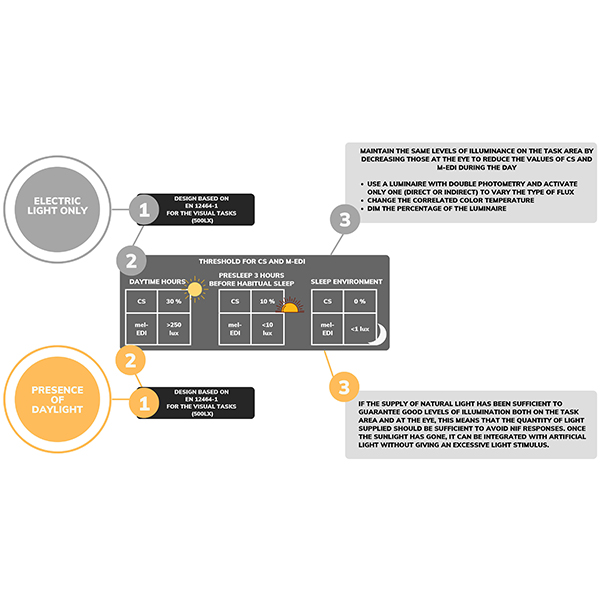
RESEARCH ARTICLE
Integrative Lighting Design: How to Optimize Visual and Non-visual
The objective of this paper is to outline fundamental principles for the electric lighting design of workplace environments such as offices. The study considers both the suggested guidelines and values for non-visual light design and the specifications for visual tasks dictated by the EN 12464-1:2021.
Journal of Daylighting 10 (2023) 192-203
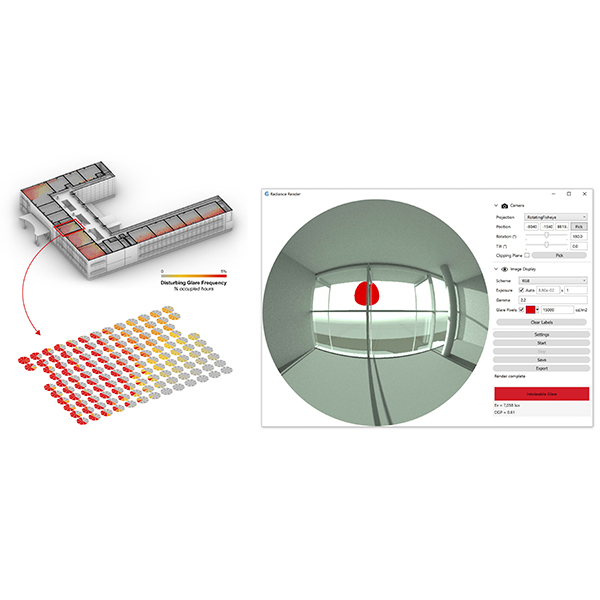
RESEARCH ARTICLE
The Effect of Parametric Patterned Façade Variations on Daylight
Parametric design influences on building envelope design are exponentially increasing in the current era due to the dominance of computational design on architectural outcomes.
Journal of Daylighting 10 (2023) 173-191
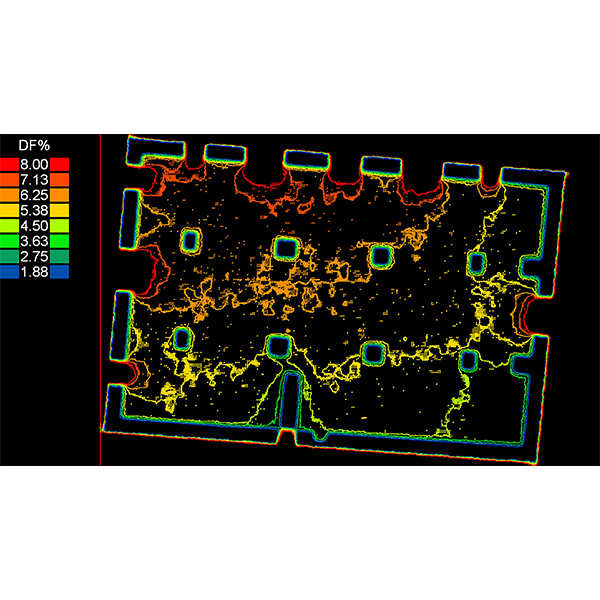
RESEARCH ARTICLE
Analysing the Daylighting Performance of the Main Prayer-hall in
This paper studies the daylighting quality of the indoor prayer-hall in The Great Upper Mosque of Hama city in Syria, highlighting this distinctive historical converted building that has been functioning as a mosque since the entry of Islam in the 6th century AD.
Journal of Daylighting 10 (2023) 153-172
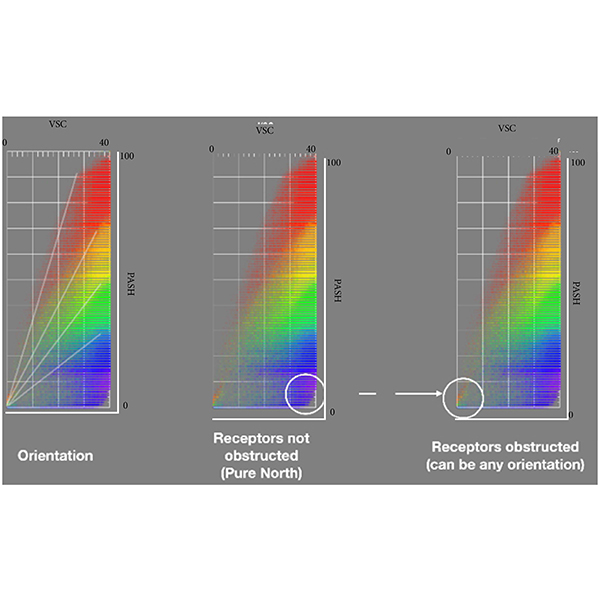
RESEARCH ARTICLE
Sunlight-Daylight Signature: a Novel Concept to Assess Sunlight and
Daylighting and solar availability at urban scale has come to play a crucial role in the perception of discomfort conditions for people, both in outdoor and indoor spaces, and on the energy consumption of buildings.
Journal of Daylighting 10 (2023) 136-152
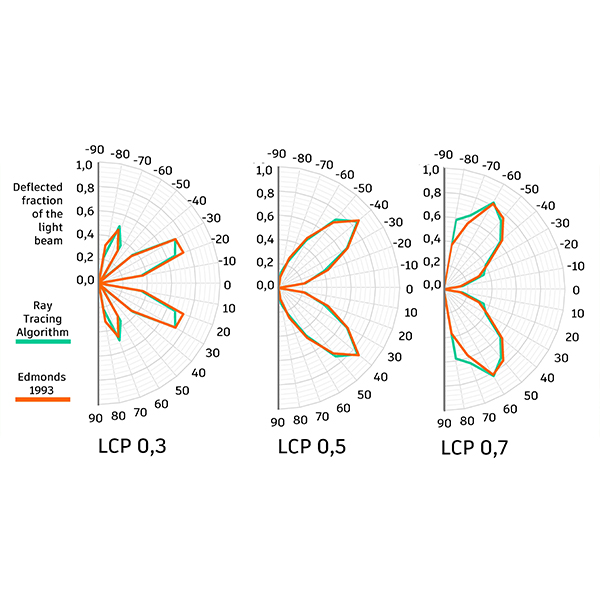
RESEARCH ARTICLE
Ray Tracing Algorithm to Simulate Laser-Cut Panel Light-Redirecting
Daylighting simulation software is an important tool to improve the quality of building design and to improve the quality of the built environment. For its application to correspond to reality, its algorithm needs to reflect real behaviour in the best possible way.
Journal of Daylighting 10 (2023) 87-98
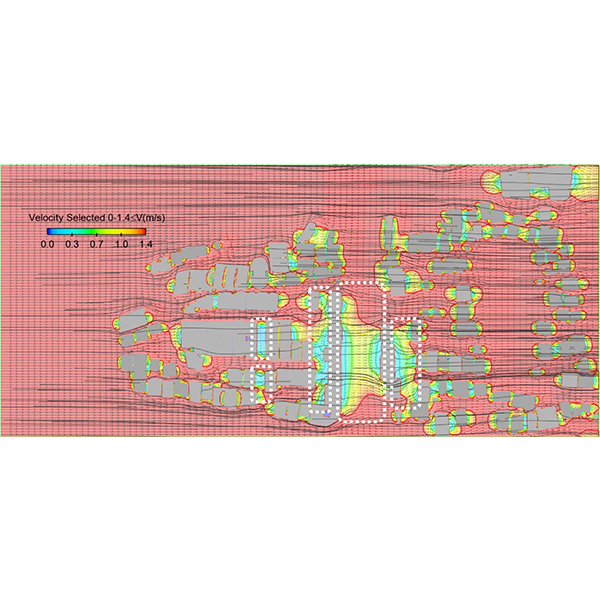
RESEARCH ARTICLE
The Effects of Orientation and Width of Space Between Buildings
Excessive heat in the high-rise urban fabric has contributed to pedestrian and occupants' discomfort. Establishing wind circulation in space with an environmentally compatible and optimal configuration is necessary to improve comfort in this region.
Journal of Daylighting 10 (2023) 99-116
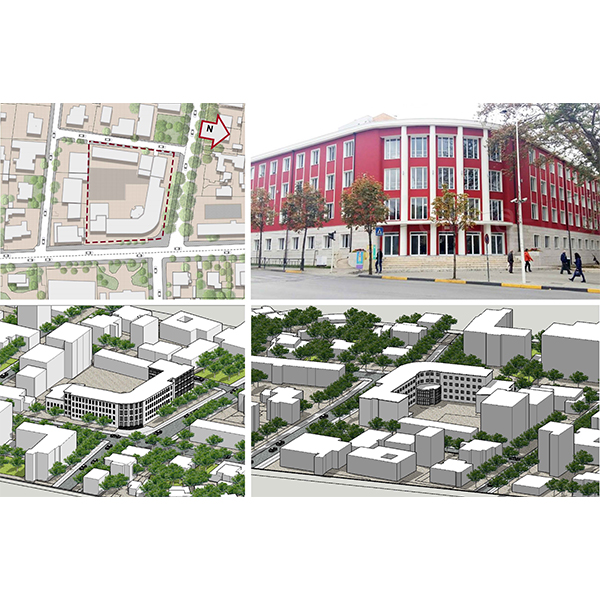
RESEARCH ARTICLE
Evaluation of the Visual Comfort and Daylight Performance of the
The daylight in classrooms is a crucial aspect that affects the quality of the learning environment and the overall performance of the students. Visual arts, such as painting, sculpture, carving, textile design and photography, require specific lighting conditions, which are different from the regular classroom standards.
Journal of Daylighting 10 (2023) 117-135
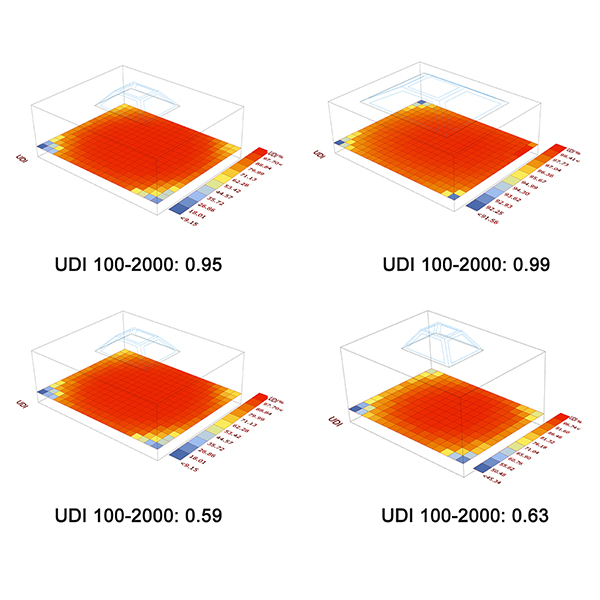
RESEARCH ARTICLE
Design Optimization of the Skylight for Daylighting and Energy Performance
In terms of sustainable design, lateral windows and skylights are important. Daylighting has become a vital component in office buildings because it increases occupants' productivity, well-being, and energy savings via windows and skylights.
Journal of Daylighting 10 (2023) 72-86

RESEARCH ARTICLE
The Architectural Design of Building Façade Models Related to
Lighting control integrated with daylighting is recognized as an important and useful strategy in energy efficient building design. One of the right factors to reduce energy consumption for artificial lighting during the day is the maximum utilization of sunlight.
Journal of Daylighting 10 (2023) 60-71

RESEARCH ARTICLE
Evaluation of Occupants’ Visual Perception in Day Lit Scenes: A
Daylight improves indoor environmental quality, the physical and mental health of occupants, and their efficiency. Research in the area of human-centric lighting that considers the visual and non-visual effects of light on human vision, have focused on examining human visual perception in response to a wide variety of lighting aspects.
Journal of Daylighting 10 (2023) 45-59

RESEARCH ARTICLE
Impact of Window Design on Dynamic Daylight Performance in an
Window design affects the building's appearance. Besides, it has a significant impact on daylight performance and the visual comfort of interior spaces.
Journal of Daylighting 10 (2023) 31-44

RESEARCH ARTICLE
Visual Comfort Assessment of Hospital Patient Rooms with Climate Responsive
As advanced technologies become prevalent, they are being used more widely in numerous fields. The building sector is not an exception. One of these cutting-edge technologies is responsive facades, which are used in buildings and have an undeniable effect on daylighting.
Journal of Daylighting 10 (2023) 17-30

RESEARCH ARTICLE
Biomimicry as an Approach to Improve Daylighting Performance in Office
Biomimicry inspired architects to solve complex design problems and develop adaptive solutions for enhancing the environmental quality. Fields of inspiration include energy efficiency, natural ventilation, daylighting, and structural stability.
Journal of Daylighting 10 (2023) 1-16
Join our Editorial Board
Applications should be sent electronically at jd@solarlits.com.
Editorial Board

Prof Francesco Asdrubali
University of Perugia, Italy

Dr Arsenio Barbón
University of Oviedo, Spain

Dr Umberto Berardi
Ryerson University, canada

Dr Paola Sansoni
CNR-INO, Italy

Prof. Yuehong Su
University of Nottingham, UK

Dr Guiqiang Li
University of Science and Technology of China, China

Dr Canan Kandilli
Usak University, Turkey

Prof Hongfei Zheng
Beijing Institute of Technology, China

Prof. Nabil Elminshawy
Port Said University, Egypt

Dr. Kacem Gairaa
center for renewable energy development, Algeria

Dr Fabio Peron
IUAV University of Venice, Italy

Prof. Barbara Szybinska Matusiak
NTNU, Norway

Prof. Önder Güler
Istanbul Technical University, Türkiye

Prof. Antonio Manuel Peña García
University of Granada, Spain

Dr Boon Han Lim
Universiti Tunku Abdul Rahman, Malaysia

Dr Hui Lv
Hubei University of Technology, China

Dr Paula M. Esquivias
University of Granada, Spain

Prof Jitka Mohelnikova
Brno University of Technology, Czech Republic

Dr Vincenzo Costanzo
University of Catania, Italy

Dr Francesco Sommese
University of Naples Federico II, italy

Dr Karam M. Al-Obaidi
Sheffield Hallam University, UK

Dr. Michele Rocca
University of Pisa, Italia

Wei Wang
Southeast University, 中国

Dr Osama Mohamed Omar
University of Bahrain , Bahrain

Dr. Francesca Fragliasso
University of Naples Federico II, Italy

Dr Marina Bonomolo
University of Palermo, Italia

Dr Ahmed A. Y. Freewan
Jordan University of Science and Technology, Jordan

Dr Hui Shen
Texas A&M University-Kingsville, USA

Omid Nematollahi
Isfahan University of Technology, South Korea

Alp Tural
Virginia Tech, USA
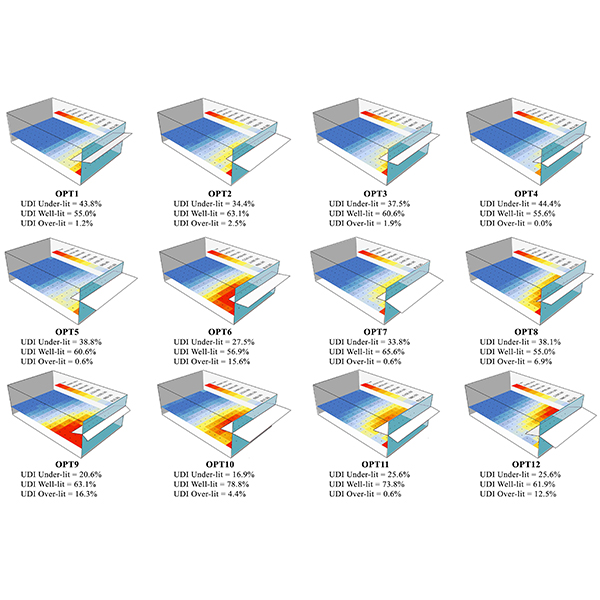
RESEARCH ARTICLE
Optimization of Daylight Performance Based on Controllable Light-shelf Parameters
This study aims to achieve a balance of daylight availability in the work-plane environments of a fully glazed facade integrated with a light shelf system using an optimization procedure that can assist architects with assessing the daylighting performance of numerous design alternatives, and build-up the optimized design.
Journal of Daylighting 7 (2020) 122-136
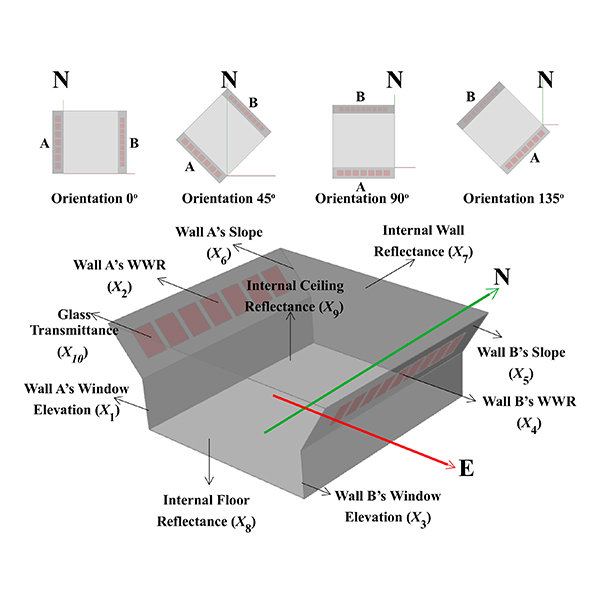
RESEARCH ARTICLE
Optimization of Daylighting Design Using Self-Shading Mechanism in Tropical
Despite its potential, daylighting strategies in school classrooms in the tropical climate regions is little explored in the literature. The use of two-sided or bilateral daylight opening, as well as the self-shading mechanism using sloped walls, are currently seen as potential strategies to achieve good daylighting in tropical buildings.
Journal of Daylighting 9 (2022) 117-136
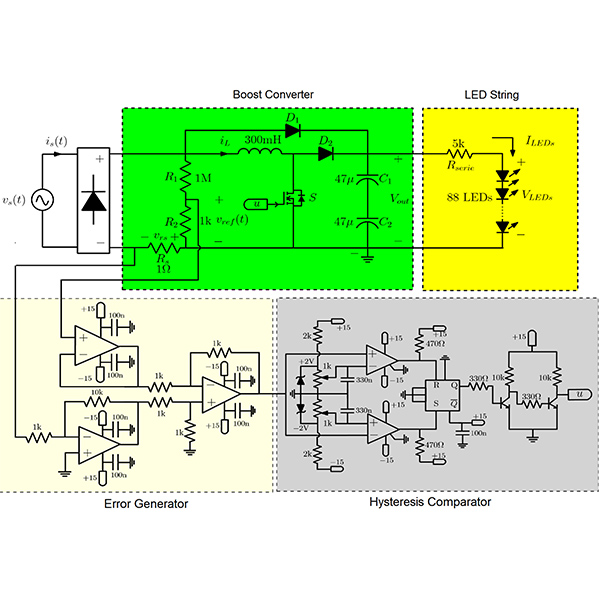
RESEARCH ARTICLE
Power Factor Correction of Compact Fluorescent and Tubular LED Lamps
Compact Fluorescent Lamps (CFLs) and Light-emitting Diode (LED) lamps have received wide acceptance in lighting applications during the last few years.
Journal of Daylighting 7 (2020) 73-83
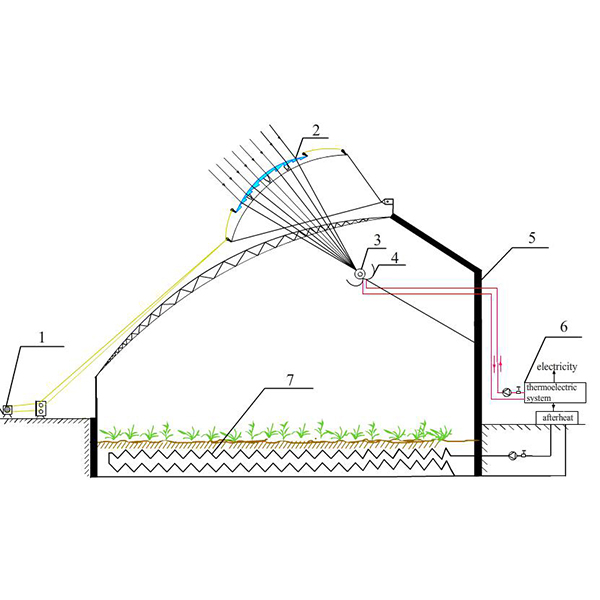
RESEARCH ARTICLE
Optical Analysis of A Sliding-Type Cylindrical Fresnel Lens Concentrating
Agricultural greenhouses are commonly built around cities to supply residents with agricultural products or green plants. With an increasing demand for plants’ growing environment, the temperature and illumination inside the greenhouses are counted especially during cold winter. .
Journal of Daylighting 8 (2021) 110-119
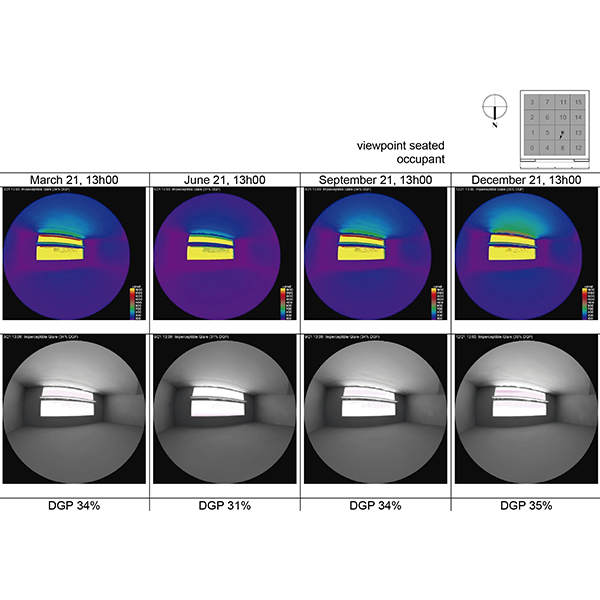
RESEARCH ARTICLE
Optimisation of Passive Solar Design Strategies in Side-lit Offices:
It has been shown that in buildings with fully glazed facades designed to save electricity and increase daylight, overheating due to excessive solar gains and glare have become recurrent problems, affecting the quality of the indoor environment in office buildings.
Journal of Daylighting 7 (2020) 107-121
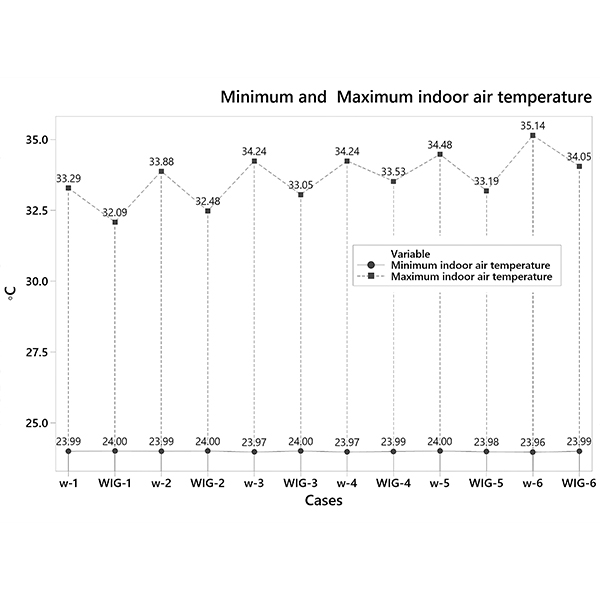
RESEARCH ARTICLE
Assessment of the Thermal Performance of Vertical Green Walls Using
Construction of multifunctional building envelopes using vertical greenery walls (VGW) has emerged as a sustainable green technology to improving cooling efficiency.
Journal of Daylighting 8 (2021) 294-312
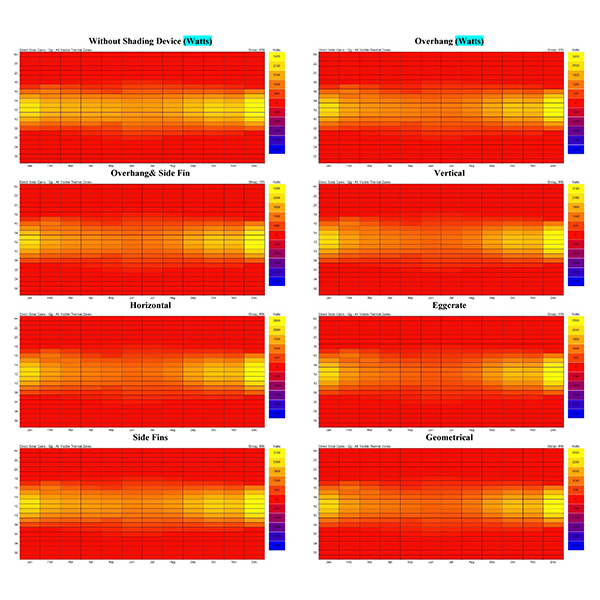
RESEARCH ARTICLE
The Effect of Fixed External Shading Devices on Daylighting and
Building shading devices can improve the thermal comfort in indoor environment, and also reduce cooling and heating energy consumption in dry and hot climate.
Journal of Daylighting 8 (2021) 165-180
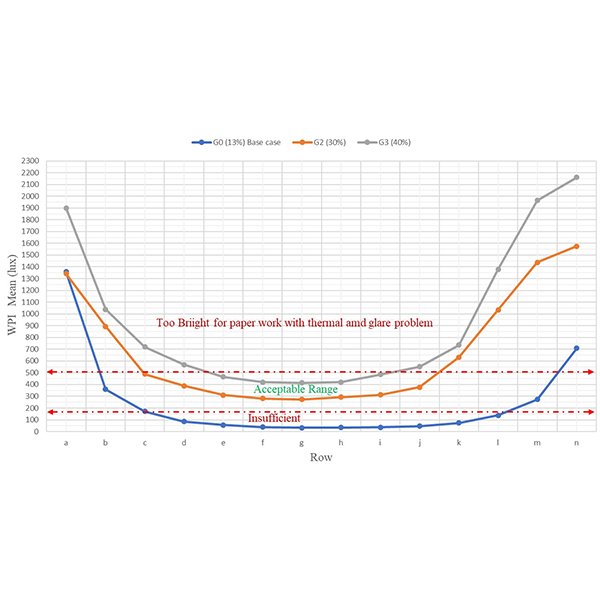
RESEARCH ARTICLE
Daylighting Evaluation and Optimisation of Window to Wall Ratio for
A base case model is a more potent dose for applied research; the passive architectural design for sustainability requires optimised experiments. However, experimenting with physical developments require construction and deconstruction until they achieved the optimal scenario.
Journal of Daylighting 8 (2021) 20-35

RESEARCH ARTICLE
Acrylic Panels Applications as Building Materials and Daylighting Devices
Enormous studies have been conducted to enhance the daylighting utilization in buildings either by direct lighting techniques, lighting reflection systems, lighting transporting systems, or by light tracking systems.
Journal of Daylighting 7 (2020) 258-272
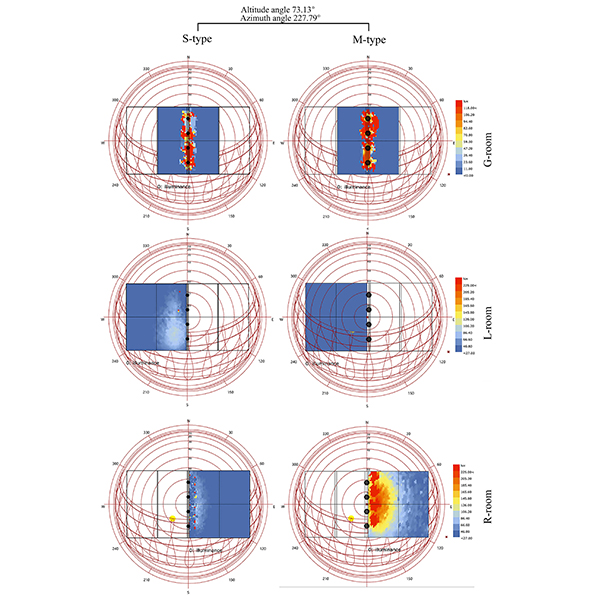
RESEARCH ARTICLE
A Novel Approach to Multi-Apertures and Multi-Aspects Ratio
Daylightophil architecture concept is one of the most significant ways to reduce the electrical load consumption in building sector. In deep-plan buildings, or windowless buildings, advanced light transmission systems are used to compensate lighting demands in high-performance architecture theory.
Journal of Daylighting 7 (2020) 186-200
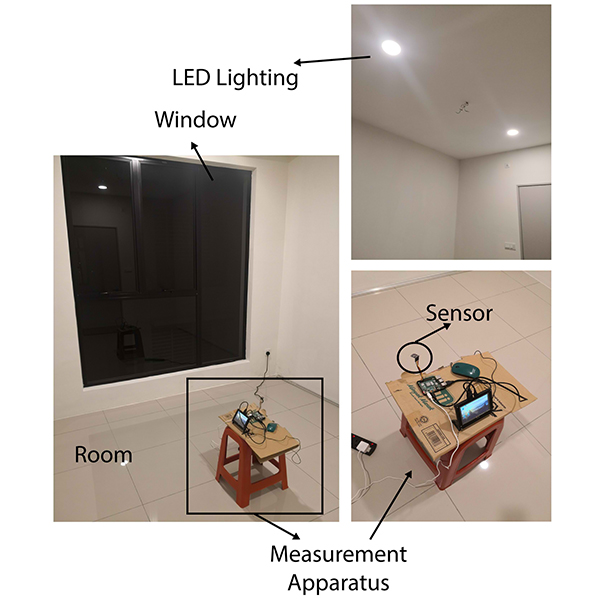
RESEARCH ARTICLE
Measurement, Simulation, and Quantification of Lighting-Space Flicker Risk Levels
Building owners are transitioning towards a smart lighting solution for illumination purposes. LED (Light Emitting Diode) lighting application has become a norm given its high efficacy and energy efficiencies.
Journal of Daylighting 8 (2021) 239-254
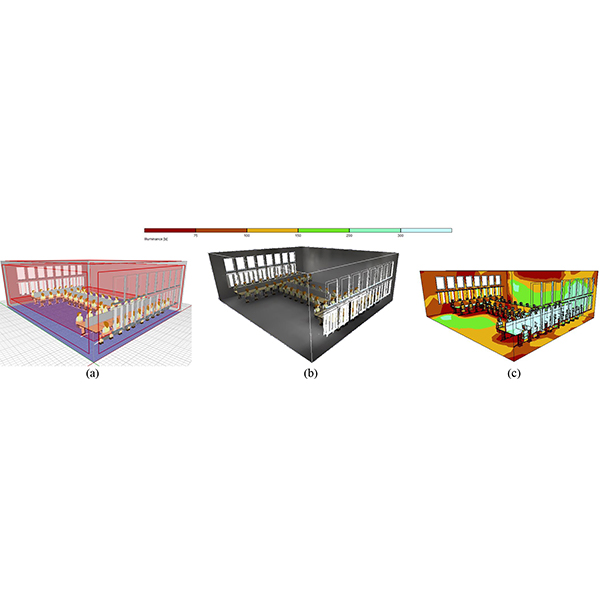
RESEARCH ARTICLE
Parametric Analysis of Architectural Elements on Daylight, Visual Comfort, and
The quality of visual comfort has always been an essential element considering human comfort. Providing visual comfort in a living environment reduces the need for artificial lighting, which subsequently has a direct relationship with energy consumptions and its expenses.
Journal of Daylighting 7 (2020) 57-72
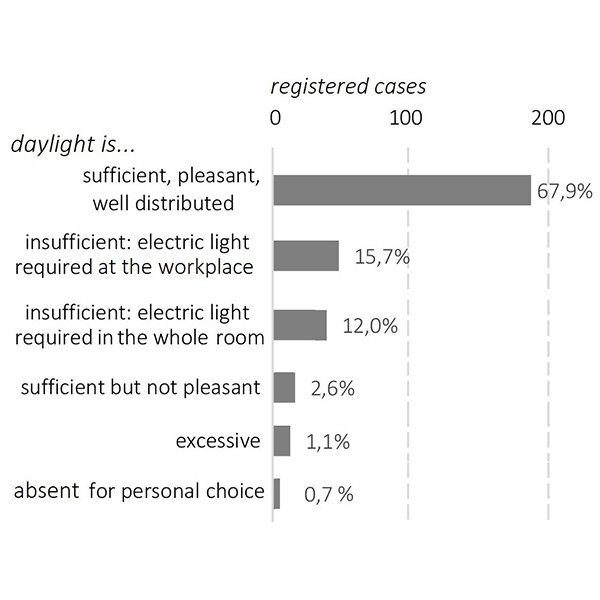
RESEARCH ARTICLE
Lighting Quality Self-assessment in Italian Home Offices
The spread of information technology and the improvement of telecommunicating systems have changed the way to conceive work. People performing typical office activities provided with a laptop and an internet connection can work in whatever place: a coffee house, a waiting room of a train station, an airport, or their own home.
Journal of Daylighting 9 (2022) 177-196
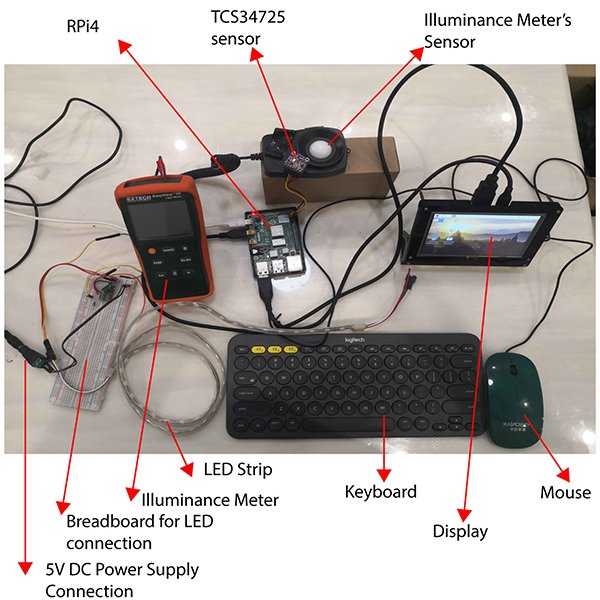
RESEARCH ARTICLE
Design and Simulation of a Circadian Lighting Control System Using
This paper introduces a fuzzy logic-based circadian lighting control system using flexibility of Light-Emitting Diode (LED) lighting technology to synchronise artificial lighting with circadian (natural) lighting Correlated Colour Temperature (CCT) characteristics.
Journal of Daylighting 9 (2022) 64-82
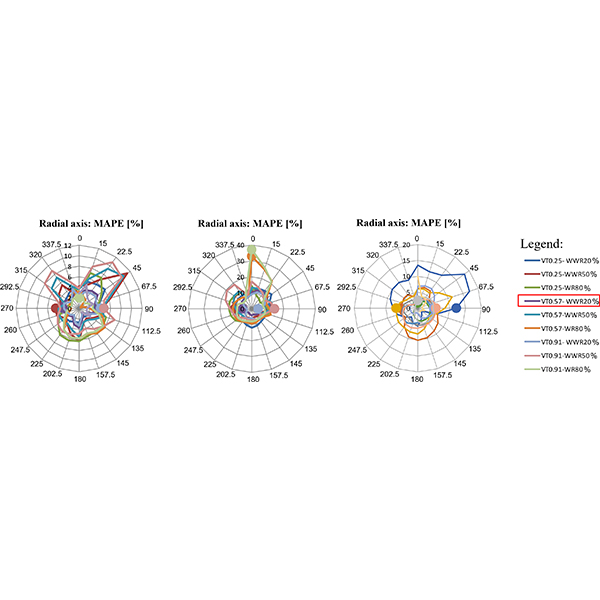
RESEARCH ARTICLE
Metamodeling of the Energy Consumption of Buildings with Daylight Harvesting –
Daylight harvesting is a well-known strategy to address building energy efficiency. However, few simplified tools can evaluate its dual impact on lighting and air conditioning energy consumption.
Journal of Daylighting 8 (2021) 255-269
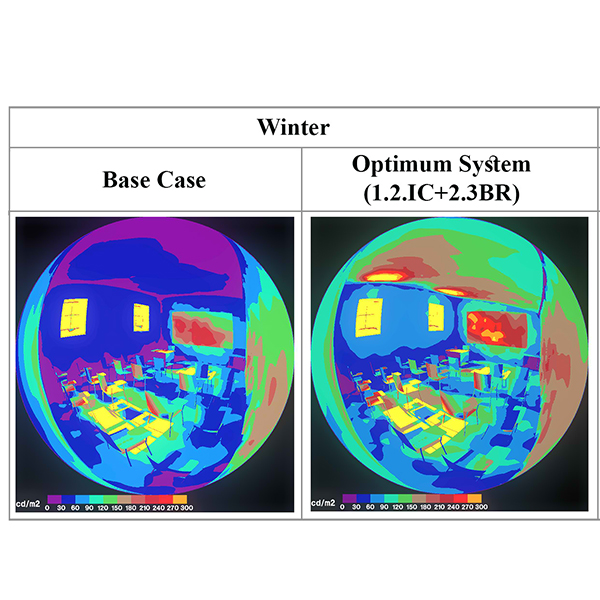
RESEARCH ARTICLE
Improving Daylight Availability in Heritage Buildings: A Case Study of
Refurbished heritage buildings usually lack in meeting the required standards defined for the new function especially when reused as educational buildings.
Journal of Daylighting 8 (2021) 120-133
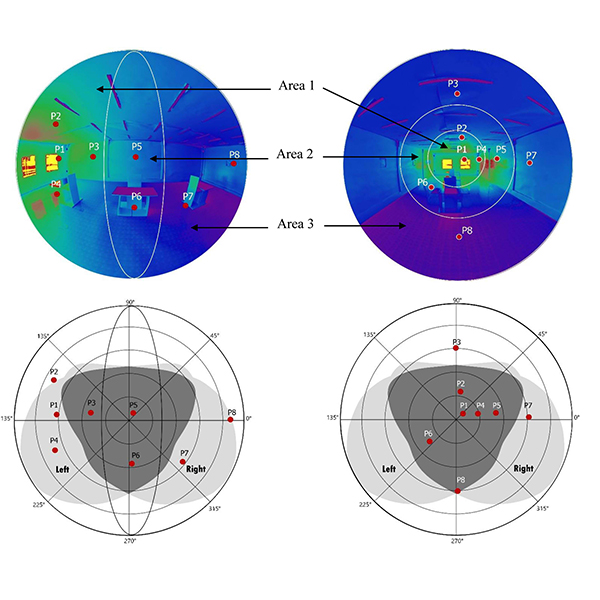
RESEARCH ARTICLE
A Combined Method for an Exhaustive Investigation of the Anidolic
Lighting quality in office environments is a broad concept that must be taken into account in the design stage to deliver comfortable spaces to reduce workers' stress.
Journal of Daylighting 8 (2021) 149-164
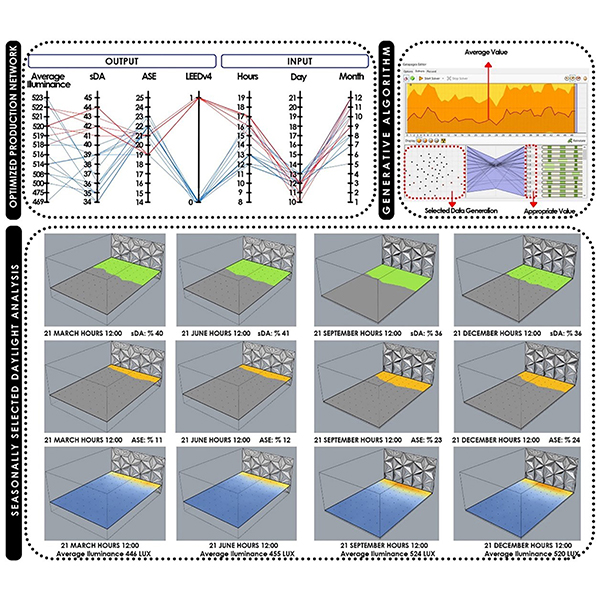
RESEARCH ARTICLE
Evaluation of Daylight and Glare Quality of Office Spaces with
There has been an increasing awareness in recent years about the evaluation of daylight and glare quality in buildings. In the study, an office space with a flat and a dynamic shading system facade (triangular cell facade) is discussed in the province of Mardin, which is in a hot and arid climate zone.
Journal of Daylighting 9 (2022) 197-208
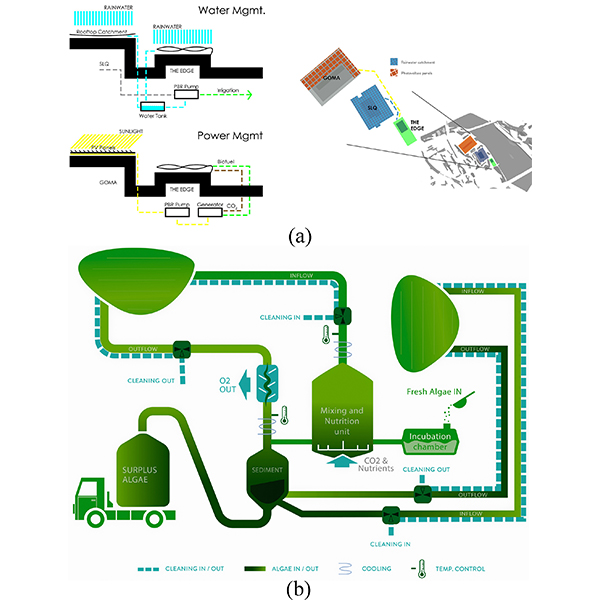
RESEARCH ARTICLE
Photobioreactors as a Dynamic Shading System Conceived for an Outdoor
In the field of responsive shading systems, the use of photobioreactors (PBRs) containing microalgae seems to be a promising technology. Within this framework, this paper presents a case study where a PBR was specifically conceived as a shading system for an external workspace located on an open terrace of the State Library of Queensland (SLQ) in Brisbane.
Journal of Daylighting 6 (2019) 148-168
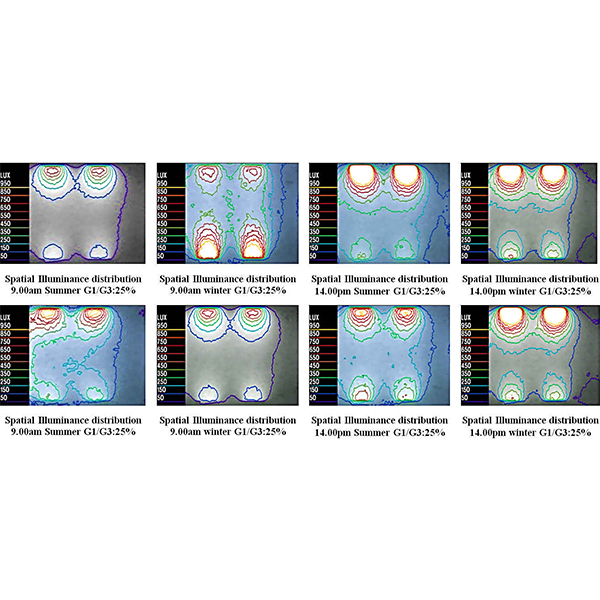
RESEARCH ARTICLE
Optimum Glazing Configurations for Visual Performance in Algerian Classrooms under
Daylight quality and quantity in Algerian schools show serious problems in ensuring visual comfort of students and teachers. Some problems are due to window design, which leads to excessive amount of sunlight penetration into the classrooms.
Journal of Daylighting 6 (2019) 11-22

RESEARCH ARTICLE
Development of Two-Step Biomimetic Design and Evaluation Framework for
Climate change, increase in CO2 production and energy consumption are major global issues and the building, environmental and construction sector is contributing to the increasing concern day by day.
Journal of Daylighting 9 (2022) 13-27

RESEARCH ARTICLE
A New Trend for Indoor Lighting Design Based on A
Most power system planners are interested in the savings of electrical power consumption. Various references demonstrate that the highest consumed power is by the lighting systems standing around 19% of worldwide energy consumption.
Journal of Daylighting 7 (2020) 137-153

RESEARCH ARTICLE
Heliostats Daylighting System for Multi-floor Buildings
Daylighting has been considered as a major part of sustainable buildings for saving electric lighting and providing benefits such as, health, visual comfort, and productivity of the occupants.
Journal of Daylighting 2019 (2019) 202-209

RESEARCH ARTICLE
Annual Performance Assessment of Complex Fenestration Systems in Sunny Climates
Complex Fenestration Systems (CFS) are advanced daylighting systems that are placed on the upper part of a window to improve the indoor daylight distribution within rooms.
Journal of Daylighting 2 (2015) 32-43

RESEARCH ARTICLE
Solar Energy Gain and Space-Heating Energy Supply Analyses for
A considerable effort is devoted to devising retrofit solutions for reducing space-heating energy in the domestic sector. Existing UK solid-wall dwellings, which have both heritage values and historic fabric, are being improved but yet they tend to have meagre thermal performance, partly, due to the heat-loss through glazings.
Journal of Daylighting 4 (2017) 15-25
 HOME
HOME